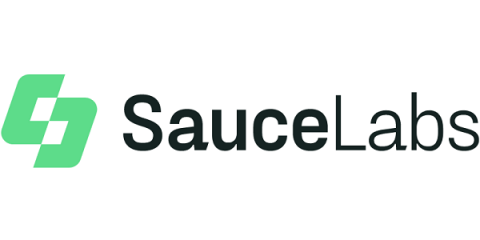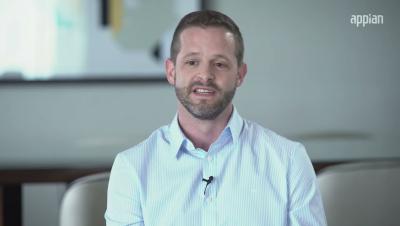Systems | Development | Analytics | API | Testing
Low Code
Forget the Dire Headlines. Federal IT Modernization may Be Closer Than you Think, Part 1
President Joe Biden just signed a sweeping executive order aimed at modernizing government and improving customer experience and service delivery at federal agencies.
Improve Your Government Procurement Processes with a Modern Acquisition Solution
Government organizations rely on cross-functional collaboration and workflows to procure anything and everything they need to meet their missions. Every dollar must be accounted for and reported on to ensure transparency for constituents. The US federal government alone committed 10.1 trillion USD in spending in FY21—and this doesn’t even account for state and local government spending or any international, federal, or local procurement dollars.
5 Ways Low-Code Solutions Address Smart Manufacturing Challenges
Over the past decade, a technology revolution has led to the growth of smart manufacturing. This trend was enabled by the increased availability of cloud computing resources, rapid mobile device proliferation, and the adoption of Industrial Internet of Things (IIoT) devices. These solutions benefit manufacturers in many ways, but they also bring challenges. Often, companies implement technologies to solve individual problems rather than bringing them into a harmonious ecosystem.
What Is Low-code Test Automation?
It’s hard to overstate how challenging software development is today. The market for web and mobile applications is more competitive than ever. Customers expect their applications to deliver a flawless, beautiful, and intuitive experience every time. Hiring and retaining high-quality software developers and engineers feels next to impossible given the low unemployment rate for IT professionals (just under 2% in the U.S. according to the U.S. Bureau of Labor Statistics).
Appian Connected Claims using Amazon Connect - a unified claims system
ESG's Evolution in Financial Services-and Why Financial Leaders Need to Take Action
ESG stands for environmental, social, and governance. ESG investing refers to the consideration of these three factors alongside financial factors in the investment decision-making process, according to MSCI. ESG has evolved over the years and has recently made headlines as consumers become more aware of the environmental and societal impact of their investments.
Deliver a Seamless Customer Experience with Connected Insurance
This speed of change will only continue to accelerate as new technologies like artificial intelligence, IoT, and telematics become more deeply integrated into the insurance industry. But how can insurers deliver the omni-channel, digital-first experience today’s customers demand? The answer lies in connected insurance. What is connected insurance?
Allan Gray: Intelligent Client Onboarding Process Automation
The Disruption We Need
Despite the challenges of the past two years, I’ve been speaking regularly on AI and the future of the human-machine relationship. Often I’ve done it thanks only to some of those machines, using remote tech that was previously seen as a gimmick, a convenience, or an annoyance. When pushed by a crisis, it’s remarkable what we can accomplish.






